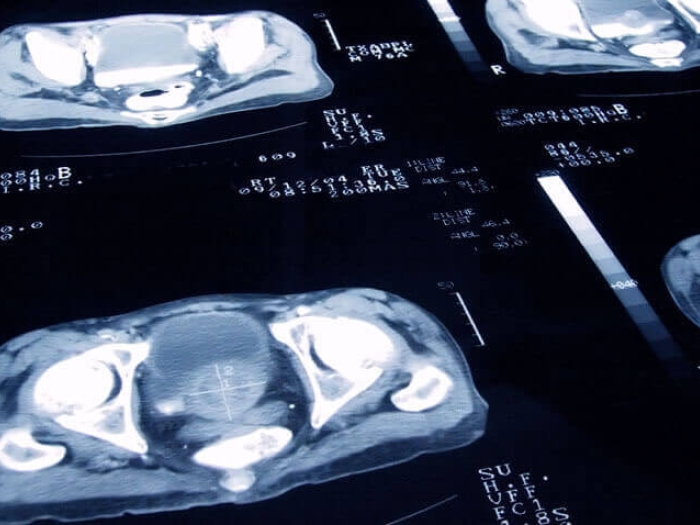Interventional radiologist provides information on benign prostatic hyperplasia, effectiveness of available procedures
5:00 AM
Author |

Prostate enlargement is a common condition associated with the natural aging process in men, affecting half of men between the ages of 70 to 79 years old and 90% of men over the age of 80.
Managing prostate enlargement is essential for preventing negative symptoms and maintaining a healthy quality of life. There are multiple ways to treat prostate enlargement, and it is important that patients work with their physician to determine which option is best for them.
"It’s important that patients know all of the options available to them, not just the traditional ones," said Joseph Gemmete, M.D., a clinical professor in the University of Michigan Department of Radiology.
"Newer, less invasive procedures carry fewer risks and harmful side effects.”
To help bring a better understanding to the options for prostate enlargement care, Gemmete answers common questions about prostate enlargement and provides guidance for men evaluating treatment options.
Is benign prostatic hyperplasia life threatening?
Gemmete: More commonly referred to as an enlarged prostate, benign prostatic hyperplasia is a noncancerous increase in the size of the prostate gland. As the prostate and surrounding tissue expand, it pushes against the urethra and bladder, blocking the flow of urine.
This condition is not linked to prostate cancer. Prostate enlargement is a common, non-life-threatening health issue. Not everyone who has benign prostate hyperplasia will experience noticeable symptoms.
What urinary impacts does benign prostate hyperplasia have?
Gemmete: While benign prostate hyperplasia isn’t cancerous, it can produce symptoms that negatively impact quality of life. These lower urinary tract symptoms include frequent or urgent urination, weak urine stream, dribbling at the end of urination and incomplete bladder emptying.
Left untreated, these symptoms can lead to bladder stones and urinary tract infections. If you begin to notice urinary symptoms, talk to your doctor right away.
What should patients know about the prostate resection treatment approach?
Gemmete: Traditionally, transurethral resection of the prostate has been the standard surgical procedure for treating prostate enlargement.
A portion of the prostate is cut away to improve urine strain and eliminate symptoms of benign prostate hyperplasia. It is typically performed as an outpatient procedure and requires three to six weeks to fully recover.
Although it is the most common option, transurethral resection of the prostate can sometimes cause impotence and sexual dysfunction. It is important that patients are fully aware of these side effects before deciding to go through with this treatment option.
Are there minimally invasive alternatives to prostate resection?
Gemmete: Prostate artery embolization is a promising new technique to treat prostate enlargement. Using a catheter, interventional radiologists access the prostate arteries to block the blood flow to the enlarged gland.
This nonsurgical procedure poses less risk than a prostate resection and effectively shrinks the gland by 30% to 40%. Patients will not experience the side effects associated with resection, such as erectile dysfunction.
Due to its minimally invasive nature, injury to the bladder or rectum is rare in this procedure. It also has a speedier recovery time, with patients back to normal activity within a few days.
Although studies suggest prostate artery embolization is an effective treatment, it is still widely seen as experimental in America. Transurethral resection of the prostate is proven to make the prostate smaller and has more long term data.
How do I determine which treatment option is right for me?
Gemmete: Don’t make any hasty decisions when it comes to treating an enlarged prostate. Patients should know all of their options to make an informed decision.
Individual patient preferences should be taken into consideration, especially because of the potential side effects of prostate resection. Ultimately, the choice of treatment should always be made in consultation with a urologist.
Sign up for Health Lab newsletters today. Get medical tips from top experts and learn about new scientific discoveries every week by subscribing to Health Lab’s two newsletters, Health & Wellness and Research & Innovation.
Sign up for the Health Lab Podcast: Add us on Spotify, Apple Podcasts or wherever you get you listen to your favorite shows.

Explore a variety of health care news & stories by visiting the Health Lab home page for more articles.

Department of Communication at Michigan Medicine

Want top health & research news weekly? Sign up for Health Lab’s newsletters today!





